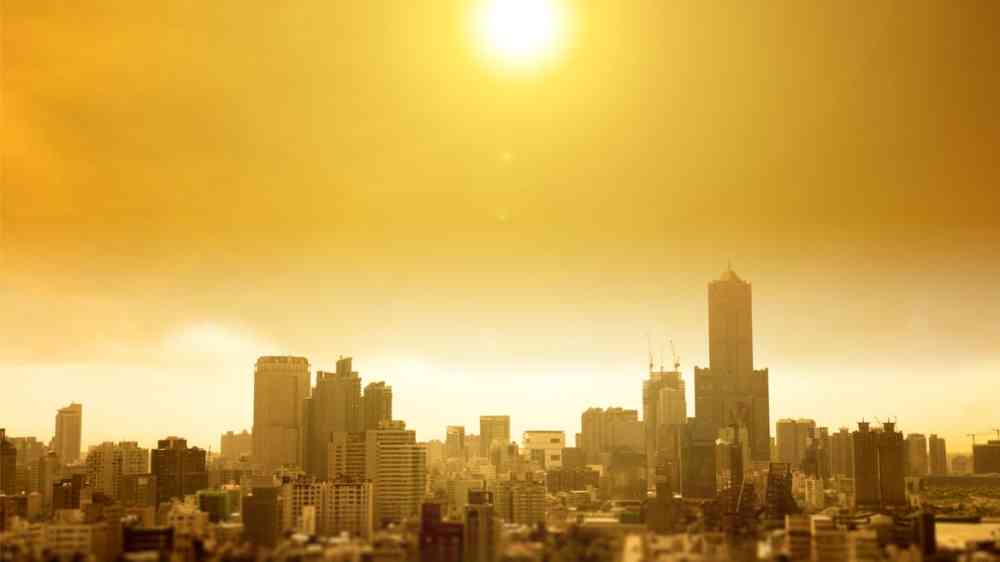Cities are often 10-15 °C hotter than their rural surroundings

A recent global study conducted by the Joint Research Centre looks at the difference between surface temperatures of urban areas and their neighbouring rural areas in summer.
Worldwide, more than half of the people live in cities, and the share of city dwellers is projected to grow further. Cities often suffer from ‘heat islands’, the phenomenon of temperatures being higher within cities than in neighbouring rural zones. This amplifies the effect of heatwaves in cities and increases the risk to human health.
Scientists at the European Commission’s Joint Research Centre examined the difference between land surface temperatures in urban areas with a population over 50,000 people and in their rural surroundings in summer between 2003 and 2020.
Working with satellite data, scientists measured that surface temperatures in cities were sometimes up to 10-15°C higher than in their rural surroundings. The study also estimated that the temperature in extreme heat islands in cities around the world has risen on average by 1°C in since 2003.
The global scale of the study and high-resolution of the spatial analysis make it possible to compare cities in different climate zones and even different parts within megacities.
Hotspots and cooler areas within global megacities
Across global megacities, such as Tokyo, New York, Paris and London, the study observed a very high intra-city variability in temperature. Hotspots are often found in industrial areas, where waste heat, the use of dark construction material and absence of vegetation can result in very high land surface temperatures. For example, in Paris hotspots are found east of Saint-Denis and near Chevilly Larue, around large industrial complexes.
The study highlights that slums can also form hotspots of heat due to their chaotic, dense and unregulated urbanisation. Intense heat exposure, combined with poverty, poor housing conditions and reduced access to cooling options poses serious health threats to people.
On the other hand, urban parks and green zones often provide cooler temperatures (for example the Bois de Boulogne and the Bois de Vincennes in Paris). Bodies of water, like the Danube River in Budapest, can also mitigate the urban heat island effect.
When cities are cooler than their surroundings
The urban heat island effect is generally strongest in areas with temperate and humid climate conditions as well as dense rural vegetation. In contrast, where rural surroundings have only scarce vegetation, particularly in deserts, cities, like Cairo in Egypt, often show cooler surface temperatures in summer than their neighbouring non-urban areas. One potential reason is the stronger presence of vegetation within cities than outside them.
Finally, in monsoon regions, the difference between cities and their rural areas is milder, as high rainfalls mitigate the urban-rural difference.
Countering the urban heat island effect
The report provides tangible advice to city authorities on how to implement a range of measures to counteract the urban heat island effect. By creating wind corridors for ventilation, designing green roofs and façades for buildings, using lighter colours in construction, planting more vegetation and making better use of water, it is possible to reduce urban temperatures and improve living conditions for city residents.
In its 2021 Adaptation Strategy, the Commission sets out how these and other measures can help citizens, cities, businesses and countries in the EU adapt to the unavoidable impacts of climate change, and become climate-resilient by 2050. The Strategy fosters knowledge and data about current and projected impacts, corresponding climate risk management and faster deployment of adaptation options through the Horizon Europe Mission on Adaptation that will help regions in Europe to become climate resilient. 118 regions and local authorities have already joined the EU Mission for Adaptation to Climate Change.